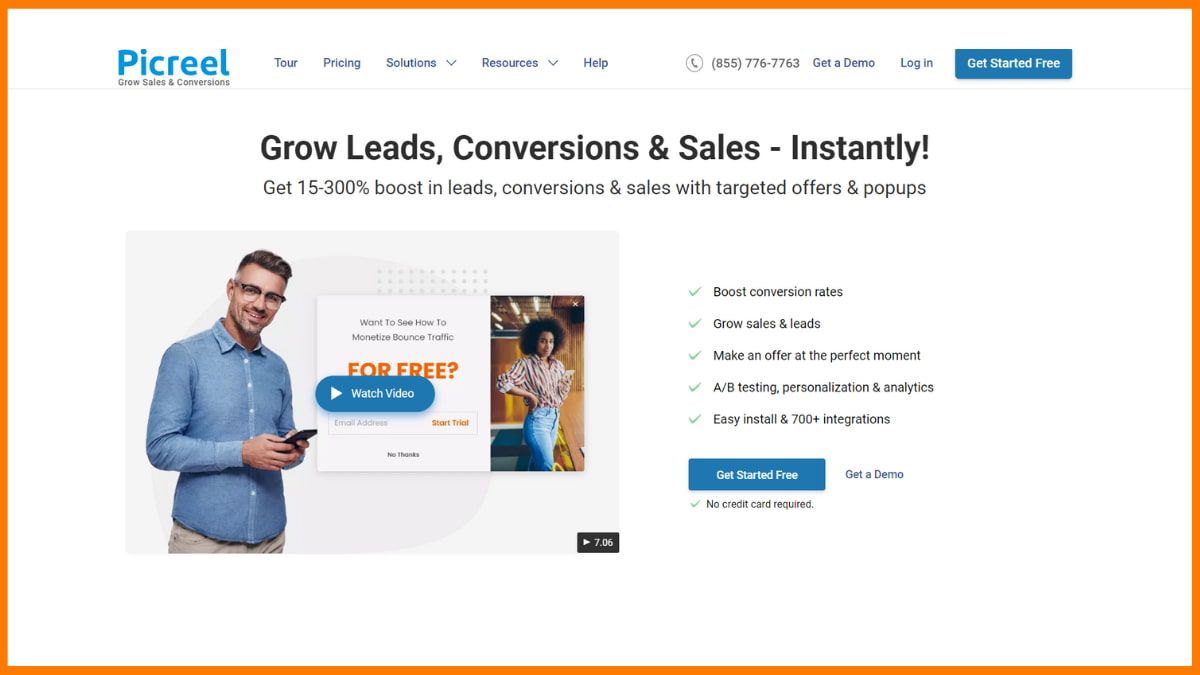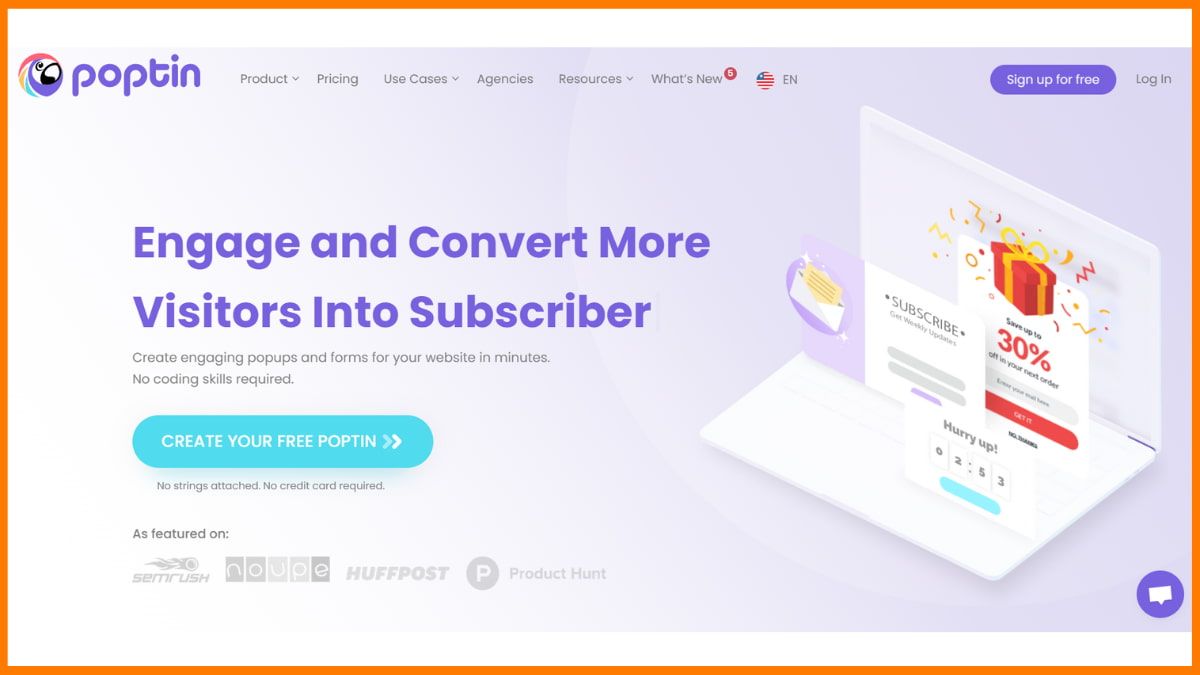Startup culture is a key element of most corporate organizations. Startup culture has received a lot of attention in recent times, which is because it plays a vital role in improving the overall experience at work and some are seamlessly integrating work into their life.
By fixing a startup culture, a company by itself can set an example for the employees which will create a base for supporting the work and improving the internal operations of the work. Applying this, makes the contribution more valuable and results in better personal satisfaction.
Since startups are often run by a small team working closely together, their “startup culture” is typically a reflection of the founding of the team’s passions and personalities. In most situations, every individual working in the startup usually contributes to the overall culture.
While culture can take several years to evolve passively some corporations have been able to change their culture reasonably quickly by specifying a new set of behaviors that are expected from their employees.
The common factor between corporates and startups is that their culture is the driving force of the organization. It includes how the employees of a certain company form and communicate ideas, how they behave, respond to customers, and bring themselves to work.
It is the reflection of what the company stands for and the working styles of the founders and employees, which is why startup culture is important in what makes a company successful and brings it to the list of best startups.
What is Meant by Startup Culture?
Importance of a Startup Culture in an Organization
5 Ways to Improve Work Culture of an Organization
What is Meant by Startup Culture?
When someone talks about Startup Culture, it usually includes happy hours, unlimited PTOs, pet-friendly offices, ping pong tables, zen rooms, etc., which are beneficial for the startup employees, increases comfort, and spark creativity.
However adding benefits and perks isn’t enough to make a successful startup culture, many first-time startup founders struggle to define their culture from the beginning, only to realize its impact on the operational side of the business.
To thrive in the new decade entrepreneurs and founders have to know how to define and cultivate a startup culture according to their companies. Sometimes the right technology helps in making the vibrant culture easier to implement across geographical boundaries.
With the unprecedented times of the Covid-19, a variety of applications help employees to collaborate in a real-time, video conference, message, and work on the same version of documents from different parts of the world.

With people working across time zones and locations, it’s never been easier to reward and recognize great staff and projects. We think we have the right cultural guidelines in place but, like any startup, we know just how important it is to continue demonstrating the behaviors we want to instill throughout the business if we are to be successful.
Successful startup culture in the following ways:
- Lead by example and actively demonstrate the behaviors that are expected from the team.
- Call out positive behaviors publicly, recognize and appreciate when someone does a good job.
- Document our culture statement and workshop with our team to promote a shared goal.
- Share the success metrics with the employees so they know the goal but also how we’re tracking towards those collective efforts.
- Treat everything as an experiment, take the time to discuss and learn from failures while doubling down on the successes. Ultimately, we know that execution and delivery will determine our success but behind the scenes, our culture will be the driving force.

Importance of a Startup Culture in an Organization
In 2022, workplace culture will continue to be as important as or more important than products and services. More than ever, founders will need to prioritize defining company culture from the beginning before it’s too late. The investments of focus, time, and resources will pay off higher talent, better communication, increased productivity, and customer loyalty.
For startups, the impact of every team member’s attitude and productivity is exponential. Even simple cultural components, like a set of common values, can align workers under a single, identifiable banner.
According to Glassdoors 2019 mission and culture survey before applying for a job, nearly four in five employees and job seekers consider a company’s mission and culture. This is important because 65% of 18 to 35-year-olds are likely to culture over salary, that higher than any age demographic surveyed.

Workplace culture also affects the bottom line, even if a company manages to attract the best turnover, decreased motivation, and overall decreased productivity.
The importance of company culture is getting a lot of attention these days, especially in the startup world. Tech giants like Google have made a name for themselves by offering unique, sometimes luxurious benefits to their employees, while small offices are changing the rules of office culture with perks like unlimited vacation time and flexible hours.
In the 2019 Employee Engagement Report of TINYpulse, about 43% of the 25,000 employee respondents across 20 industries said that they would leave their companies even for a marginal hike because of weak company culture.
5 Ways to Improve Work Culture of an Organization
The startup culture of a workplace can be improved for better reasons. However, it can also get degraded if proper care is not taken of the work culture from time to time. Shared below is the 5 basic tips that can help in improving the work culture of a startup.
Giving importance to the mission of the company
The first step of making a company culture is to establish a clear set of priorities that align with the company’s overall goals. For example, Google’s mission statement is “Don’t be evil”. This applies at the corporate level, as the company strives to do as much good as possible, but also at an employee level.
Employees who keep their core mission at heart will be more likely to stick with it, helping the company stay on track with its identity and purpose. A company with a strong purpose may be able to encourage more individuals to buy into that purpose and complete the feedback loop.
Attract new talented employees
Every organization needs talented employees in order to succeed, but getting talented people to join the company can be challenging. The companies spend a lot posting job ads, hiring professional recruits, or head hunting at professional networking events, but sometimes this approach is easier for well-established companies as they already have a well-known name and brand.
Talented candidates are always picky about where they want to work and also expect more than higher salaries which is usually an office culture that matches their personalities.
Retaining employees

Finding new employees is good but training them and integrating them into your company takes time, costs money, and may lower overall morale. With a strong company culture that encourages people to come to work every day your retention numbers should go up because employee retention and company culture have a self-sustaining relationship.
The stronger your work culture is, the more likely it is for employees to stay loyal to the company, and while the more employees stick around the work culture will get stronger. The key is to find a core team of people who fit your culture perfectly, and keep them happy and consistent as your company grows.
Encouraging passion
Every company must have passionate employees as they are more productive, creative, and come up with innovative startup ideas. This can be achieved by giving people an ideal cultural environment in which to work is about more than just preventing them from quitting.

A good work culture can lead to employee satisfaction which makes them passionate about doing their job while also being invested and loyal to their works place. In a way, a company culture is a tool that keeps employees happy enough to produce their best work and that means the company can push new boundaries and tread new ground.
A Unique Brand Identity
Great internal startup culture can develop a distinguishing reputation for your brand, in an external context. Unique brands always have an edge over brands that blend in with the competition, so the stronger your culture is, the stronger your brand can perform.
Company culture is more than a brand, too, and it’s more than just a great series of benefits that are provided to the employees. It’s the combination of environmental, atmospheric, and practical conditions that keeps your company and more than just a bunch of individuals who happen to work in the same physical space.
Conclusion
Work culture or the startup culture is not a new topic to learn about. However, in the past few years, the discussion on the work culture and its effect on startup success have seen taking place. This is because for almost many startups, having a better work culture was never pondered over.
Irrespective of the earlier negligence, it is the right time now to learn more about work culture and the ways it can be improved for better productivity of employees indirectly resulting in a success of a startup.
FAQs
What is meant by work culture?
Work culture stands for the ethics and morals of the workplace individuals. It also indirectly defines the organization’s value.
Why is work culture so important?
Work culture directly or indirectly affects the working pattern of each employee. Having a satisfactory work culture can provide better yield from employees which will eventually contribute to the success ladder of the organization. Failing to provide better work culture will also have an adverse effect on the organization’s value. Hence, work culture is an important aspect to give attention to.
Why is culture important in a team?
The team is required to work with each other cordially. Having a team member with unfit work culture will eventually create a distance among team members. Once the team members drift apart from each other no better work response can be expected from the team due to un-cooperative people. Hence, having a culture is also essential in the team.
What is the Difference Between Startup Culture and Corporate Culture?
A startup environment is typically a fast-paced culture in which creativity and communication are valued. Startup culture is often perceived as being less formal than that of a corporate environment and usually puts less emphasis on hierarchy within teams.



































